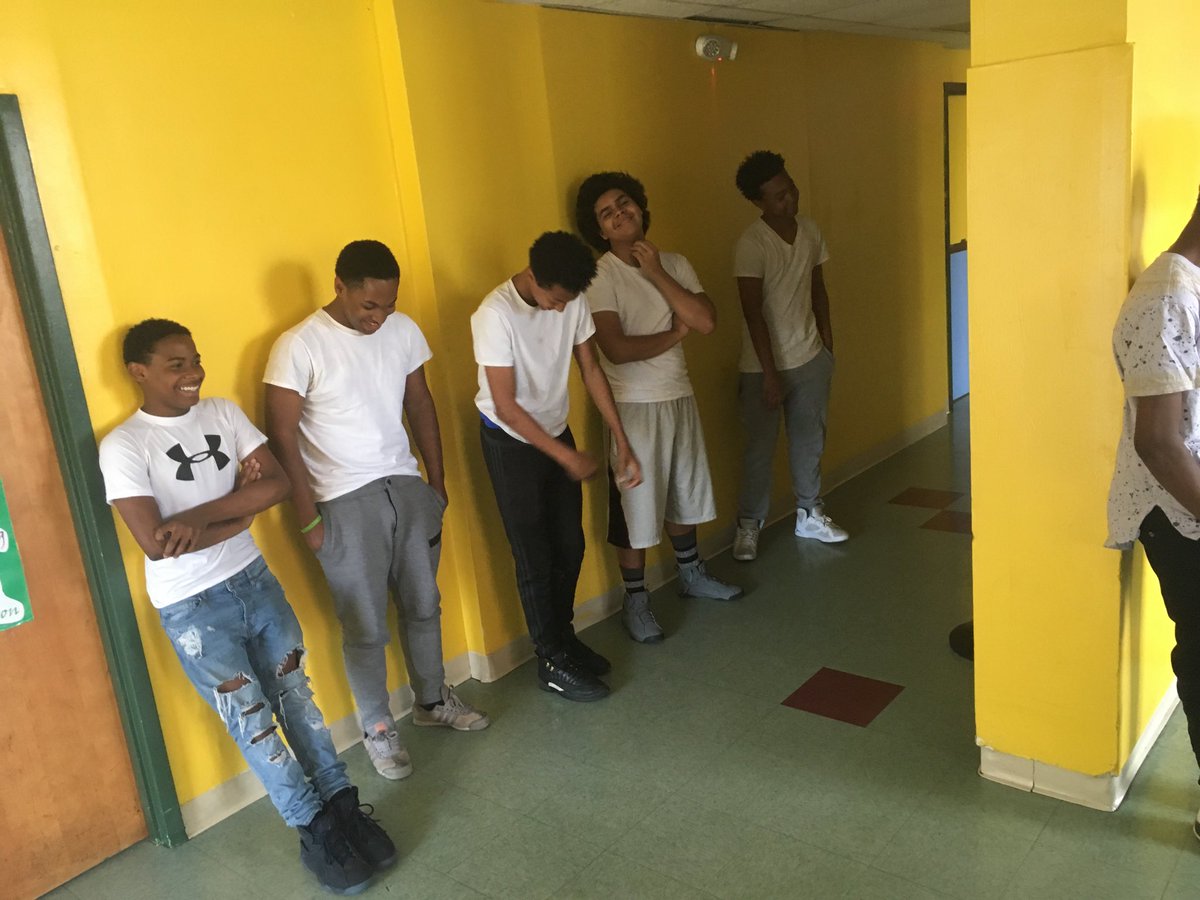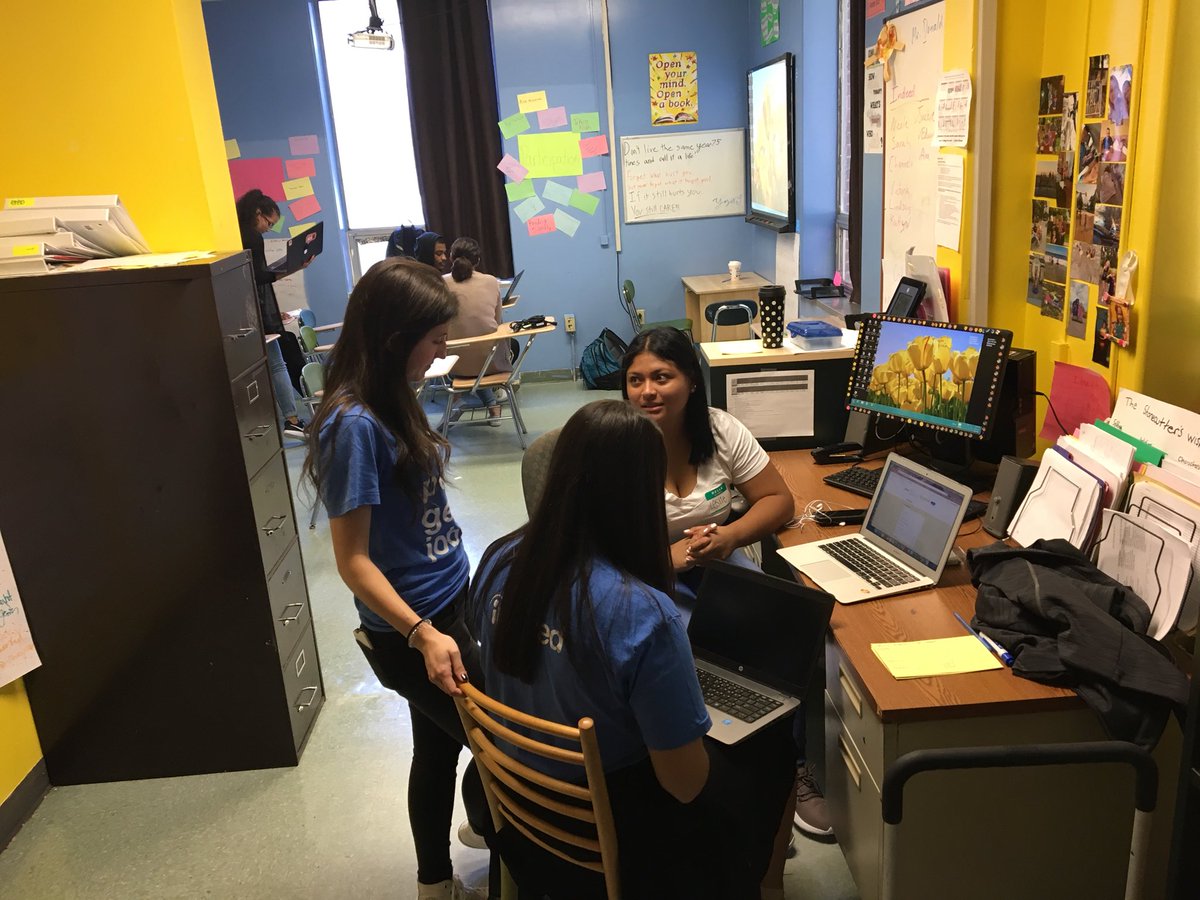Springpoint released a design guide last fall that outlines three key phases of school design work: Understand, Design, and Build. We have recently partnered with the Barr Foundation to support the design of school models in New England that can support students who are off-track toward graduation. Nine teams of school designers from this initiative have been hard at work on the Understand phase, developing research plans that will allow them to create student-centered school designs that can best serve their specific population of students.
One of our school partners, Domus Kids in Stamford, Connecticut, has taken on the task of redesigning their current high school, Stamford Academy. They have seen the need to put everything on the table for review and evaluation as they work to more deeply understand their students’ needs. The design team is working to glean valuable insights from many stakeholder groups, alongside a deep dive into current data from over a decade of work at their high school.
Since its inception, Domus has been an organization with a driving mission. They opened their doors in 1972 as a group home for young boys with the aim to bring to life the positive associations attributed to the word home to “create loving relationships and warm, loving places to heal from trauma” through their programs. The organization has since morphed into a multi-service organization with three focus areas: education, community, and residential. Stamford Academy opened in 2004 for students who struggled in traditional school environments, had dropped out, or had been kicked out. In more than 12 years of existence, they have provided opportunities for young people to thrive despite challenges or obstacles that have come their way.

In the spirit of iteration and continuous growth, Domus is committed to using their experiences, expertise, and current data to evolve their school model. To figure out how, the DOMUS design team has developed a research plan. According to Domus’s director, Marc Donald, “the overarching design and target of our Understand phase is to get stakeholder feedback and voice, particularly from any student has crossed our doorstep, along with their parents as well.”
To date, they have conducted focus groups and interviews with school leaders, teachers, parents, and students with low, middle, and high academic performance. They are planning for focus groups with students who left and did not graduate from their high school, as well as Spanish-speaking parents. They are also figuring out how they can represent the voices of past employees and other community members. Once synthesized, these learnings will help inform Domus’s design and implementation work.
But Domus isn’t just talking to existing stakeholders. They are working with business, government, and nonprofit partners from the community to identify needs in the workforce, which will help them understand what it takes for their students to succeed in an increasingly complex world. One example is a budding partnership with Indeed, a company based in Stamford that has access to real-time information about workforce demand, skill gaps, and the future of work. This has led to additional conversations about how the partnership can blossom, including Indeed volunteers helping Stamford Academy students with resumes.

Domus is also taking a look at research across the educational landscape as well as student data, including their graduates’ SAT scores. Internally, the team has collected data on grades, internal assessments, credit accumulation, and attendance (specifically their chronic absenteeism rate).
The Domus design team is comprised of seasoned educators with expertise in operating schools, teaching, social work, administration, research, and so much more. Once they conduct all their focus groups, they will add a student, a teacher, and potentially, a parent to the design team. They have even had conversations about adding several students, parents, and teachers—and maybe even community or business partners—while being mindful the design team must be small and limber enough to move the design work forward and make decisions. Said Marc, “inertia can set in if you get too big.”
Looking ahead, Domus is dedicated to staying focused on their research agenda. “With our population, there is so much that we want to know and learn that focusing on one area is a bit of a challenge,” reflects Marc. “But it has been very worthwhile to take a hard look at this and determine what to measure so we don’t get caught up looking at everything.”
“We’re looking forward to understanding and seeing some of the insights from student voice and we’re really excited about the results that this student voice may have on our ultimate school redesign work. We are also eager to continue to engage with and start visiting other schools to see what’s working well and what we may be able to borrow based on what could work well for our students.”
If you are interested in learning more, visit the Domus Kids website and continue to follow our Springpoint blog for future updates.